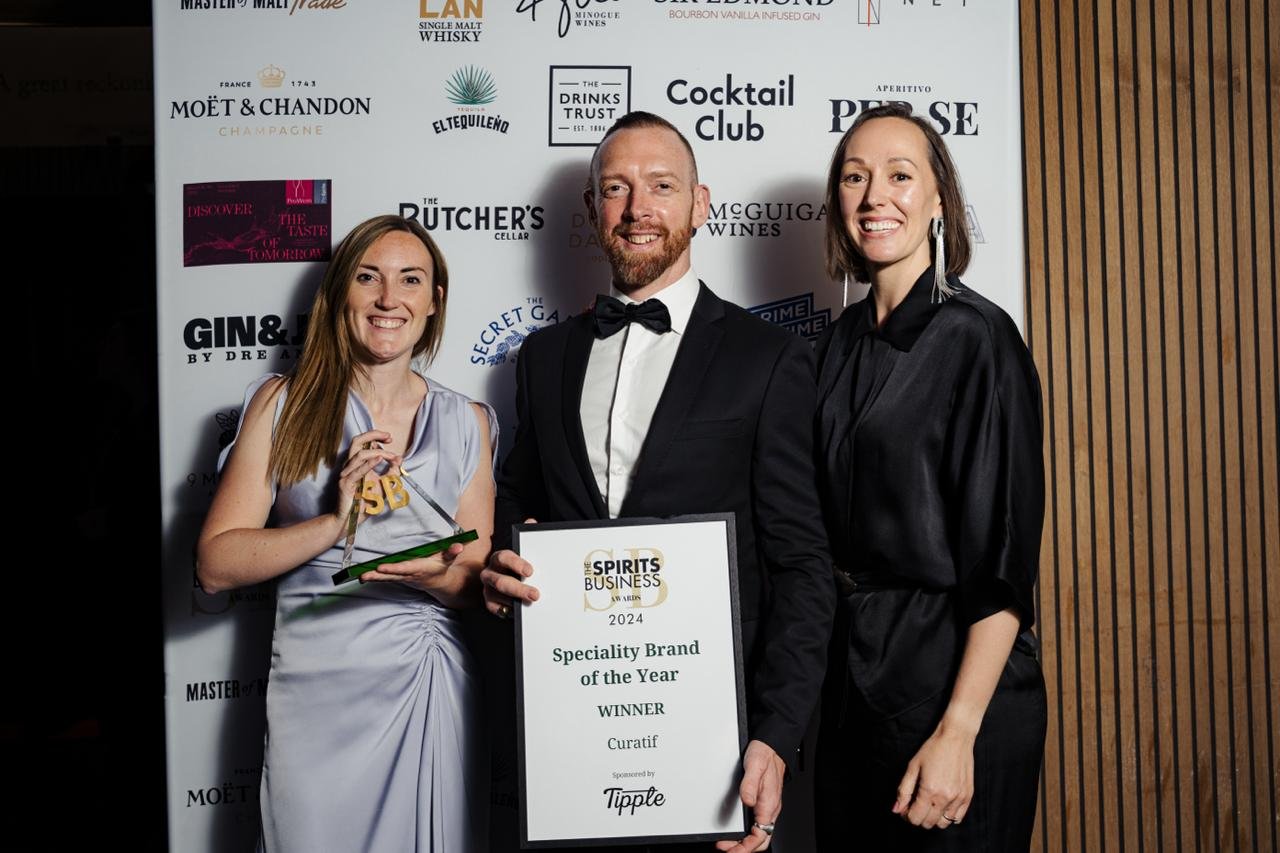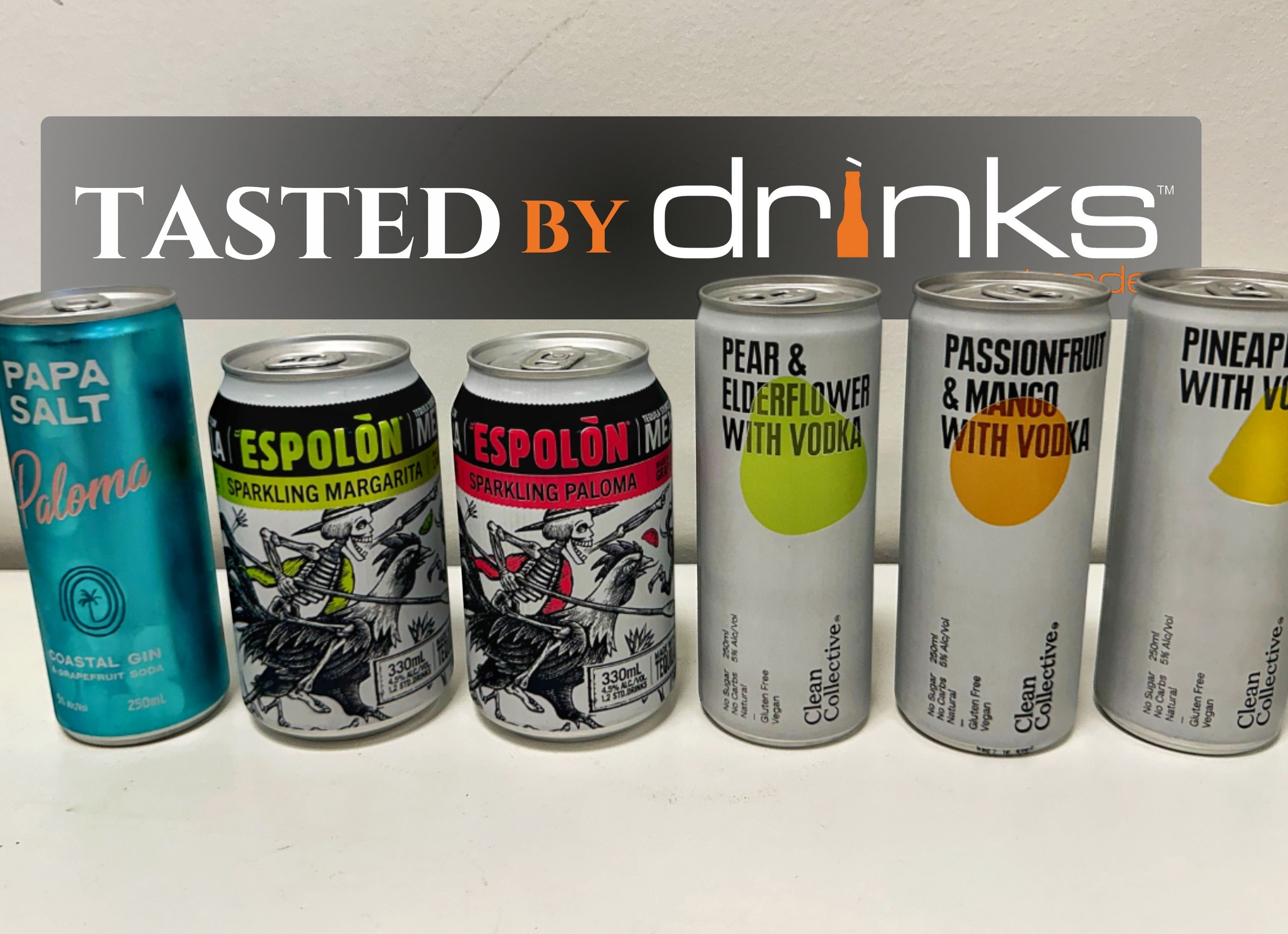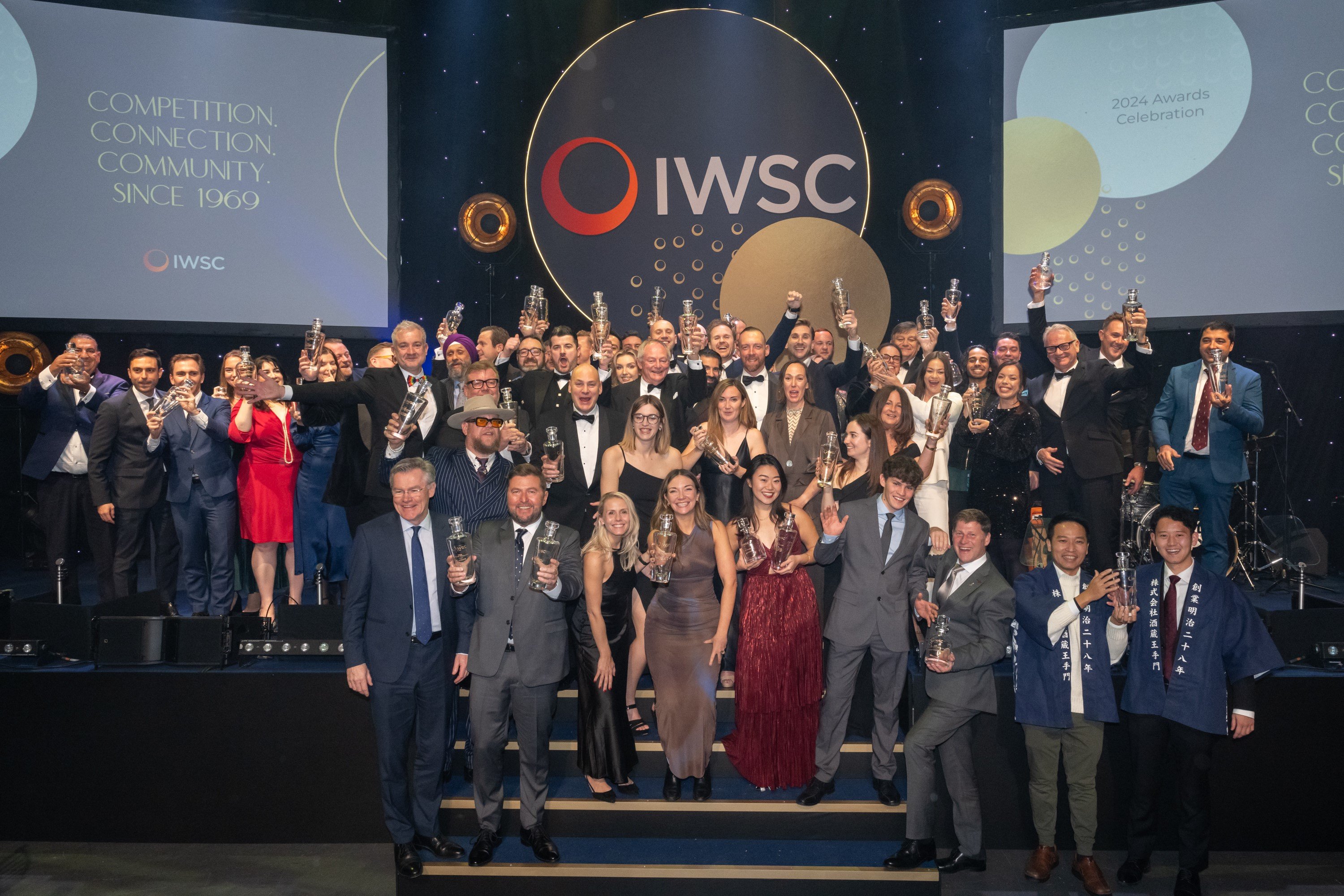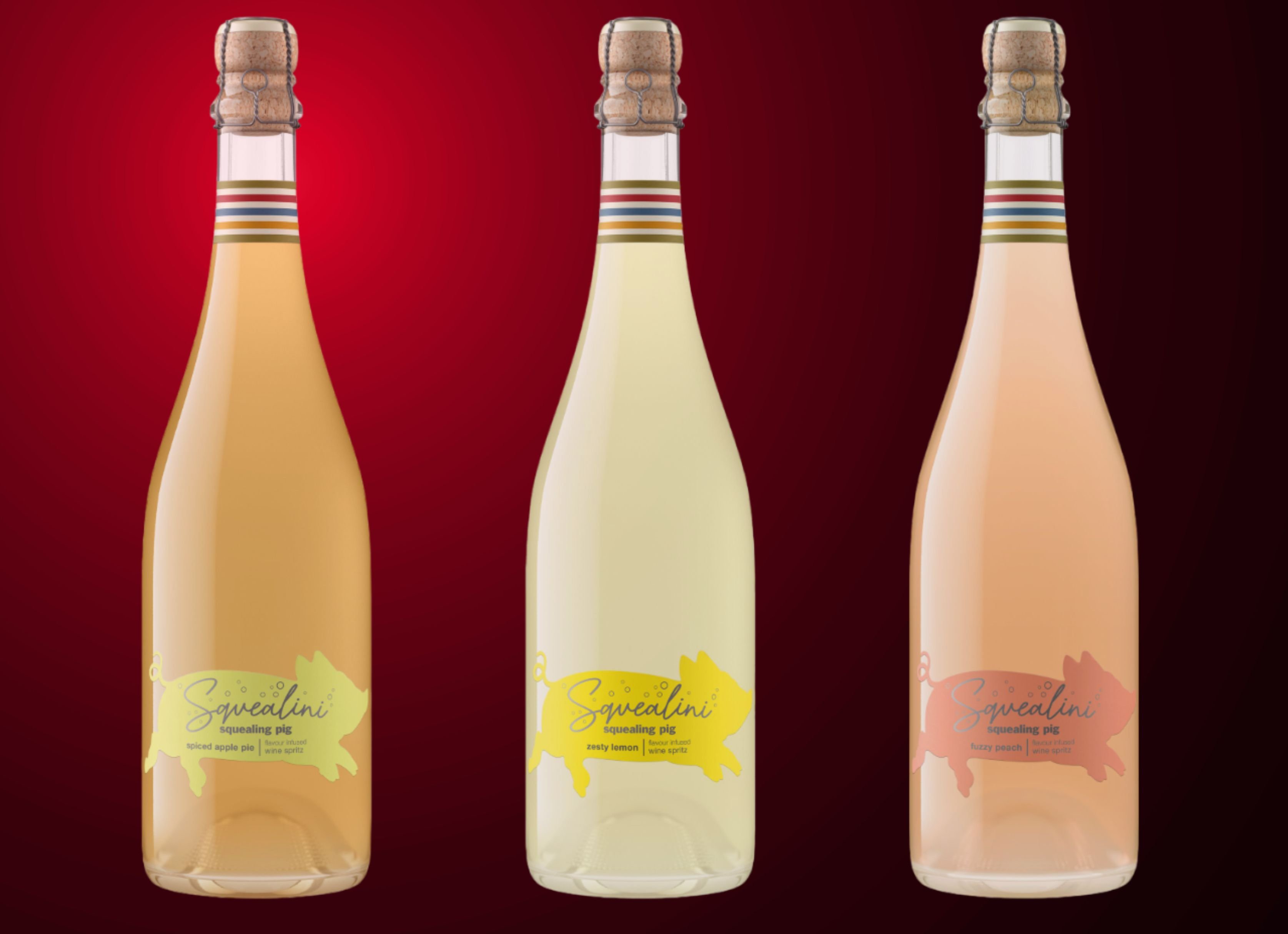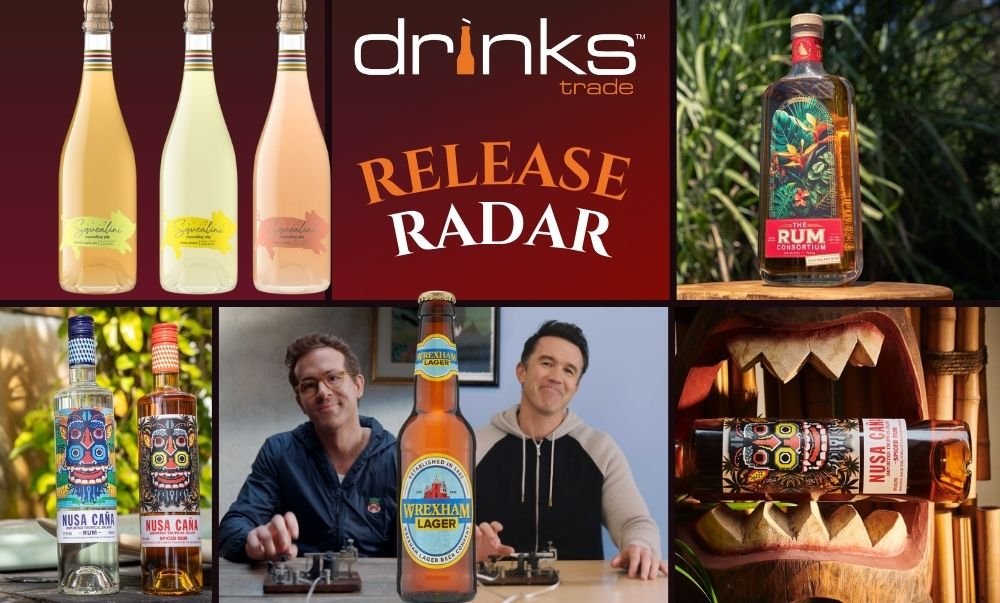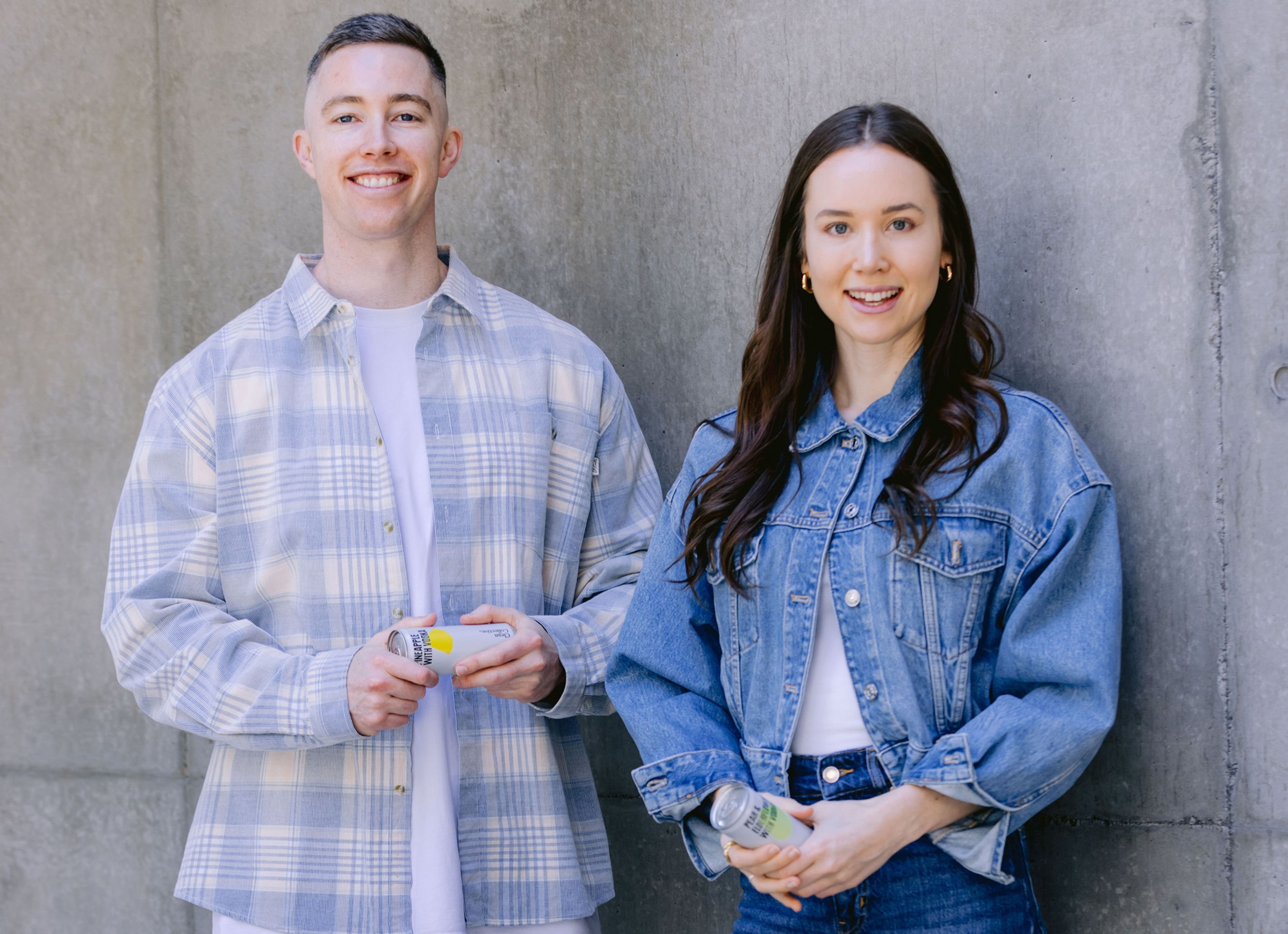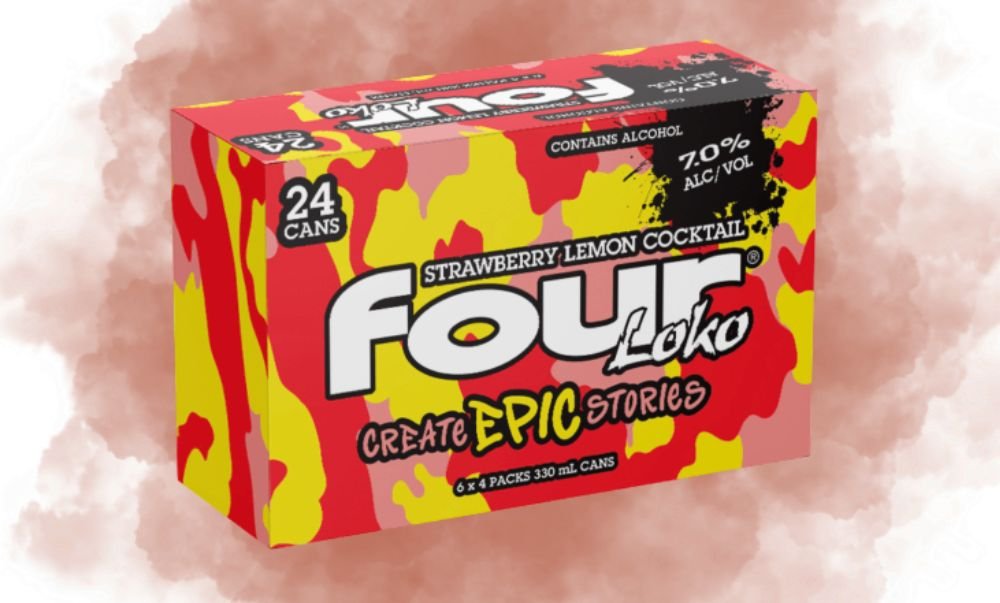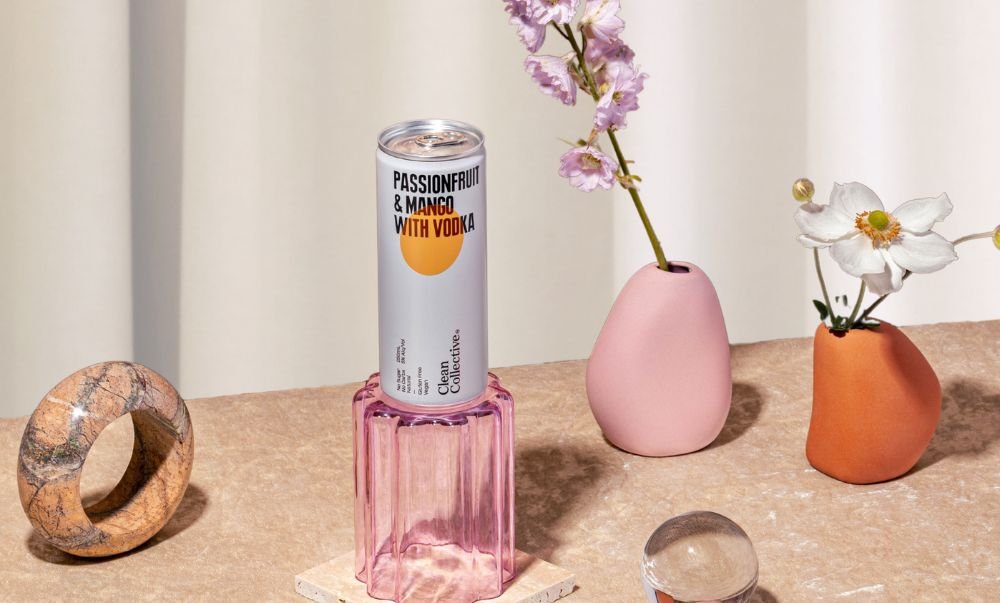Lion is the first major drinks company to launch an alcoholic seltzer into the Australian market.
Called Quincy, the Australian-made, gluten-free, lower carb and lower sugar alcoholic seltzer - containing just a hint of either natural lime or passionfruit flavour - will officially launch nationally on November 1 and Lion is hoping it will become the drink of the Australian summer.
While alcoholic seltzer might be new in Australia, data from Nielsen shows sales in the United States have skyrocketed 193% since last year. In the first six months of 2019, Americans spent $389 million (USD) on hard seltzer, according to a Nielsen survey of supermarkets and other beverage retailers, an increase of 210% from 2018.
Lion is banking on the Aussie move towards healthier drinks options as being key to Quincy's success.
According to IRI MarketEdge, 45% of Australians are concerned with their sugar intake and another 42% monitor how much sugar is in their diet. Quicy contains 50% less sugar than leading vodka premixes.
Lion’s Innovation Director Jo Simpson said: “With the worldwide trend towards moderation - in addition to mindfulness around ingredients such as sugar and carbohydrates - we have created a beverage choice that ticks all the right boxes.
“When you enter a bottle shop looking for an afternoon drink and you don’t necessarily feel like a wine, an RTD or a traditional beer, Quincy has the right characteristics that will appeal to drinkers from all these categories. It just provides something a little bit different."
James Brindley, Lion’s Managing Director said: “Though known for our leading beer portfolio at Lion, Quincy is an innovative response to the growing demand for a lighter drink that tastes great too. At Lion we look forward to continuing to grow our business beyond the core and producing new beverages to suit the changing demands of our drinkers.”
The new RTD threat to beer sales
But what exactly is an alcoholic seltzer? Essentially it's alcoholic water, but it’s not to be confused with mineral water, tonic water or soda water.

Alcoholic seltzer - called "hard" seltzer" in the US - is made by carbonating plain water with carbon dioxide, while other water mixers contain sodium and minerals.
It's been flagged as the biggest threat to summer’s traditional king – beer – due to its unisex appeal, low-ABV and low-calorie count, in addition to its extensive range of flavour variants.
As Paul Mabray, CEO of consumer insight service emetry.io notes to Forbes: “Hard seltzers have capitalized on both the healthy trend, and new flavour profiles, but especially social media and digital marketing. This helped them cross the gender barrier [to male consumers] that many of the other adult beverages as of yet failed to do.”
“Hard seltzer has exploded this past year,” Liz Paquette, head of consumer insights at Drizly, told Forbes. “At this time last year, the top three spiked seltzer brands accounted for 6% of share in the beer/cider/seltzer category. This year, they’re sitting at a whopping 19% of share. This kind of growth has been unprecedented in recent years on Drizly and has certainly penetrated would-be beer and cider consumers.
“The share of cider sales in the month of August has dropped from 6% in 2018 to 5% of share in 2019 and the top 10 beer brands on Drizly have dropped from 36% of share to 32% of share.”
Industry analysts are predicting the alcoholic selzter market will reach $1 billion in sales in the US this year and could be worth $2.5billion by 2021.

Share the content


